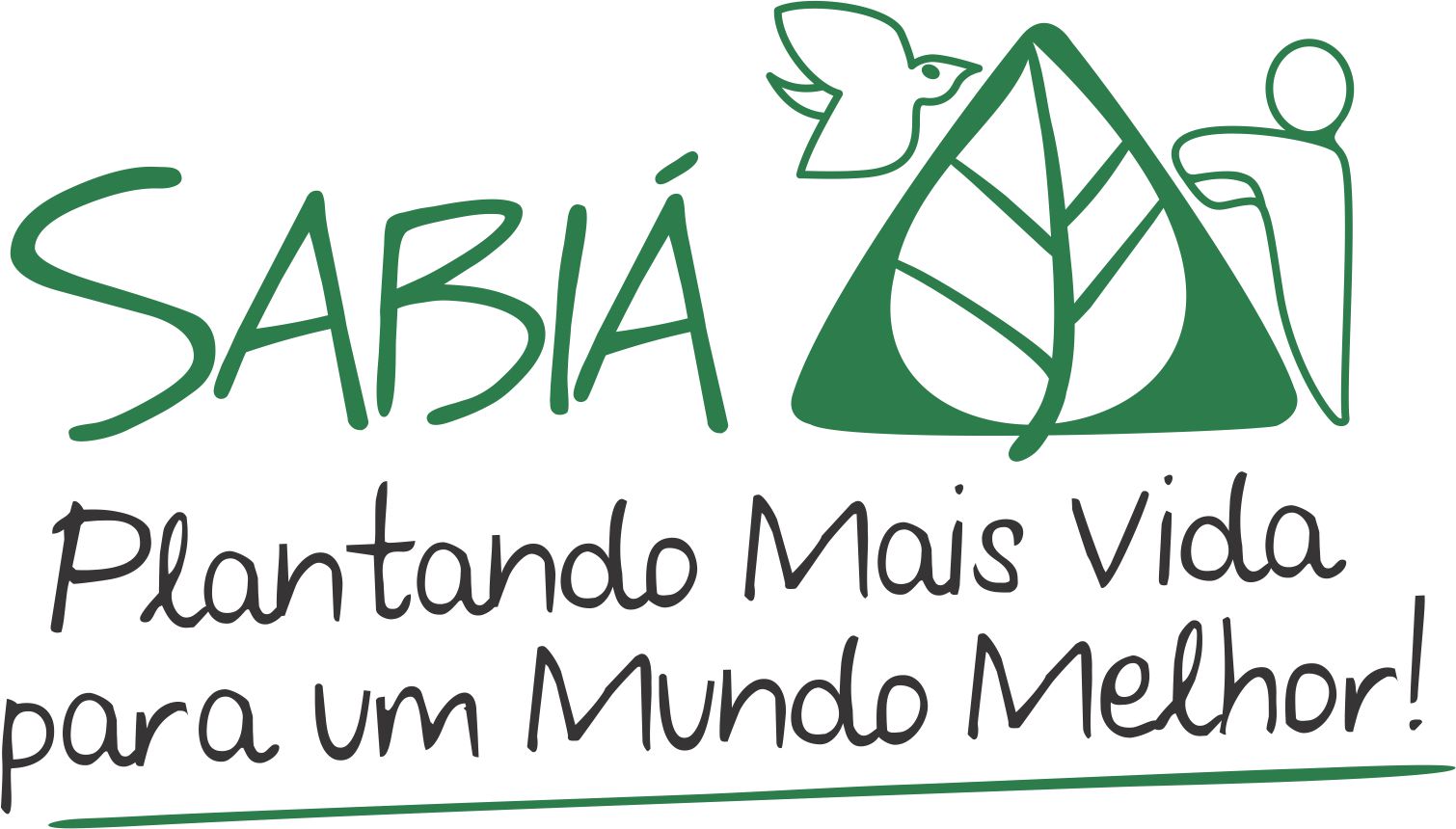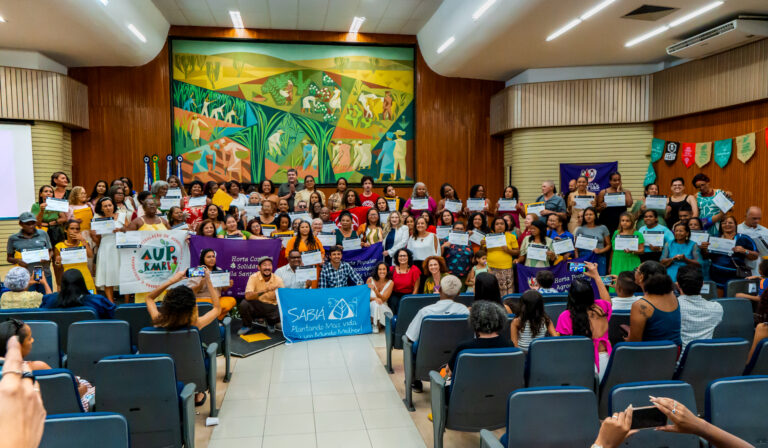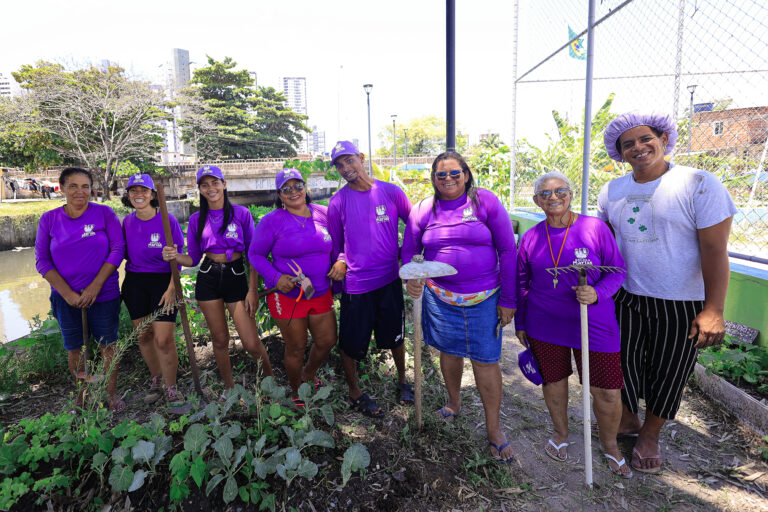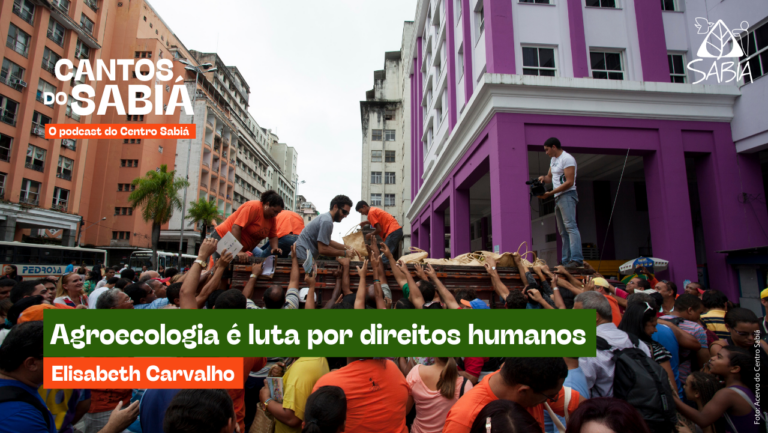Brazil, land of plenty and hunger. What to celebrate in 2022?
The Brazilian people are hungry
Maria Cristina Aureliano de Melo
Agronomist and Technical-Pedagogical Coordinator of Centro Sabiá
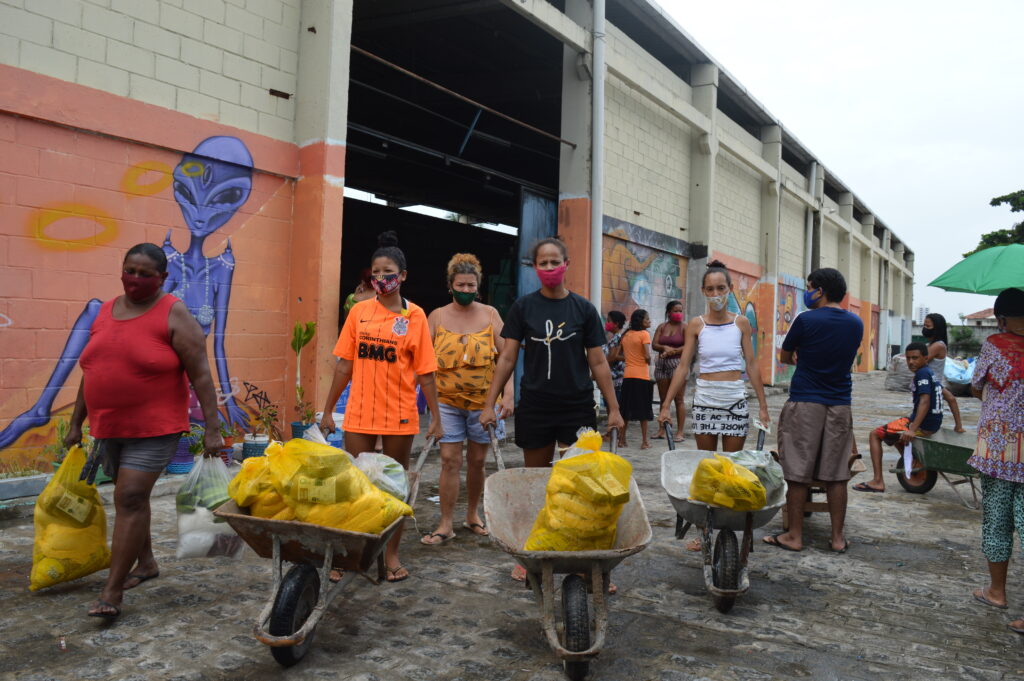
The Brazilian people are hungry. There are 116.8 million living with some degree of food insecurity, which means more than half of the Brazilian population, 43 million without enough food and 19 million people going hungry. The return of hunger that affects almost 10% of the population is a major setback for a country that left the UN Hunger Map in 2014, when less than 5% of the population was in this situation.
The context of the Covid-19 pandemic worsened this scenario, but since 2017, data from the survey on family budget carried out by the IBGE already pointed to an increase in the number of families in a situation of food insecurity. And that was no accident. We had a dismantling of food security policies, with the extinction of the National Food and Nutrition Security Council (CONSEA) at the beginning of the Bolsonaro government; social policies, with cuts in Bolsa Família; added to the end of the minimum wage appreciation policy and unemployment, which was already at 12% before the pandemic. In addition, several programs with a direct impact on food production and ensuring the population’s food security had their budgets reduced and even zeroed, such as the PAA, PNAE and the Cistern Program.
In the same period, Brazilian agribusiness grain and meat exports grew a lot. In 2020, agribusiness was responsible for 24.3% of GDP and in 2021 it should exceed 30%. How can a country with such a thriving production have 19 million hungry people? To begin with, agribusiness does not produce food, but goods for export. With the rise of the dollar, the interest of agribusiness was to invest where there is more money, imported and left the Brazilian plate lacking. That’s when we saw rice and beans increase by more than 60% during the pandemic. In addition to making a lot of profit and not supplying the population with fair prices, agribusiness was presented with many exemptions, it was almost 30 billion reais in 2019. This is the Brazilian paradox, land of plenty and hunger. The image that most represents this contradiction is the line for donating beef bones to the hungry population in Cuiabá – MT, a Brazilian state with the largest cattle herd in the country.
The way to overcome this situation is already known and proven, supporting and strengthening family farming and agroecology, generating income in the countryside and food for all. Family farming is responsible for the production of 70% of the food consumed in the country. But public policies are needed. On 09/27, the OAB filed a lawsuit with the STF forcing the Federal Government to implement public policies to combat hunger, based on a request from Ação da Cidadania, an NGO founded by sociologist Betinho. The STF gave the government 10 days to respond. Among the measures demanded is the return of Consea, the immediate inclusion of families in poverty and extreme poverty in the Bolsa Família, transfer of supplementary resources to the PNAE and the guarantee of its operation even during the suspension of face-to-face classes and an immediate investment of a billion in the PAA. If this victory is won, we will have reasons to celebrate World Food Day again.
- These data are part of the National Survey on Food Insecurity in the Context of the COVID 19 Pandemic in Brazil carried out in December 2020 by the Brazilian Research Network on Food and Nutrition Sovereignty and Security (Rede PENSSAN).
- Family Budget Survey – POF 2017-2018 of the Brazilian Institute of Geography and Statistics (IBGE).
- National Food and Nutrition Security Council.
- Food Acquisition Program.
- National School Feeding Program.
Nothing found.

